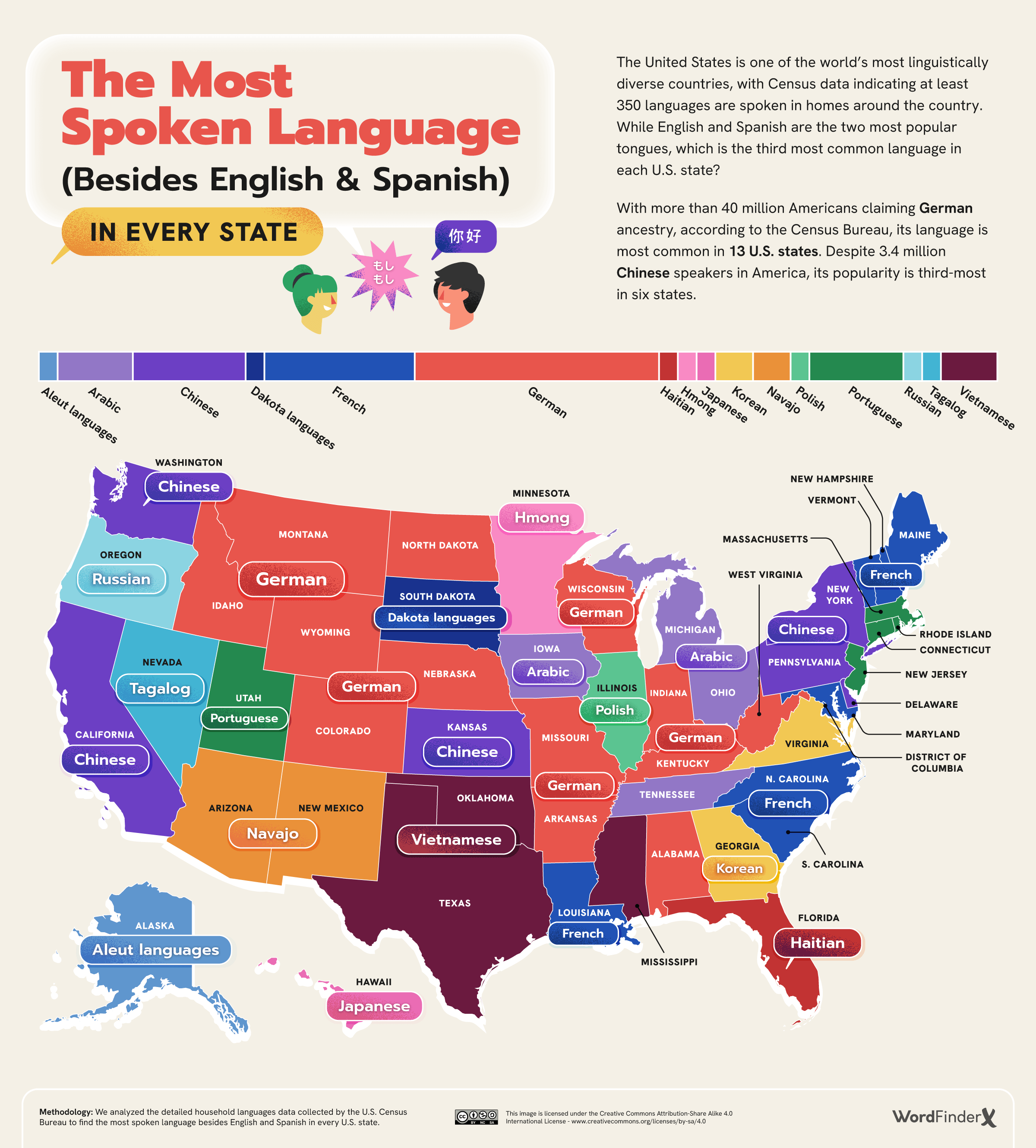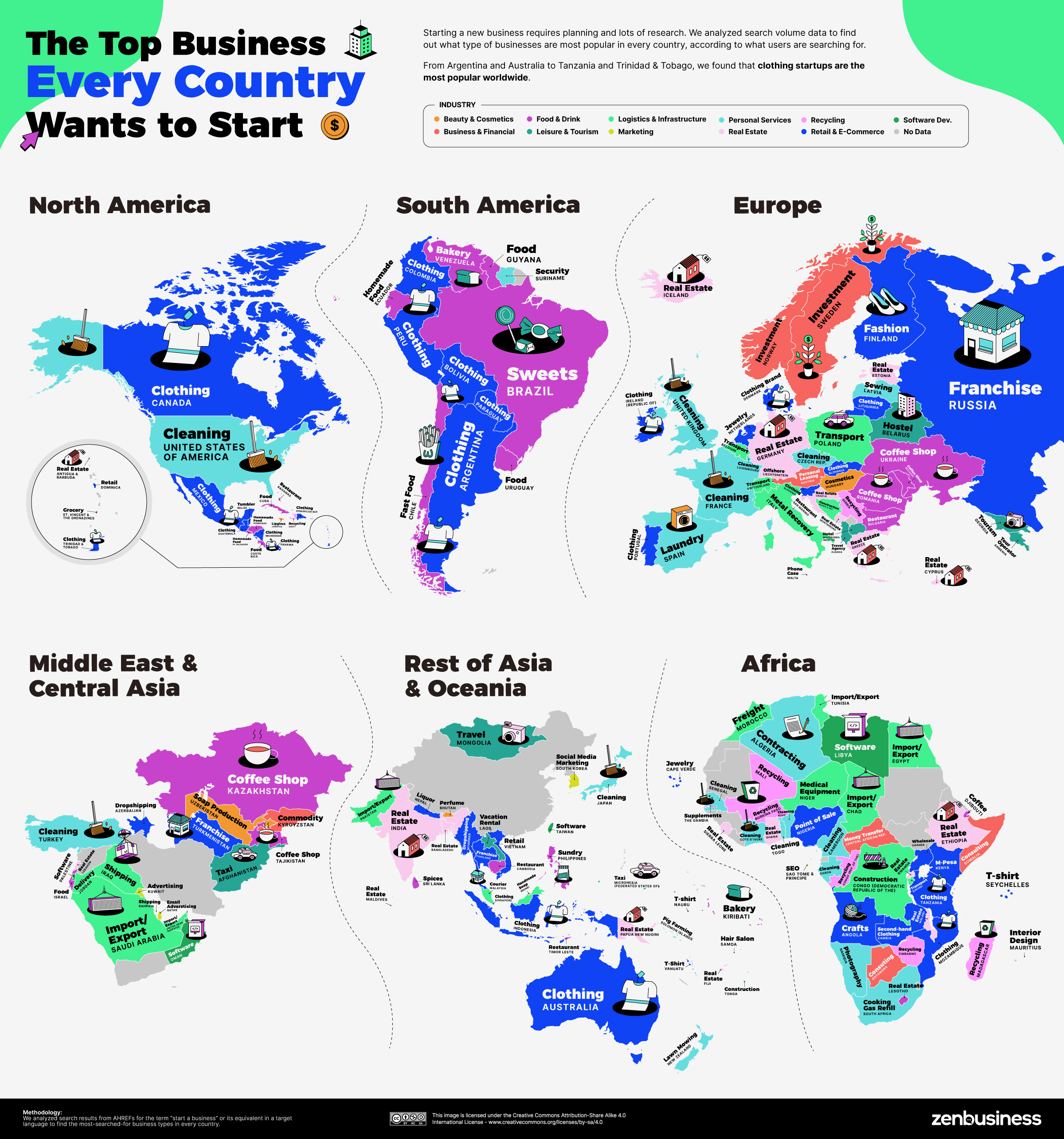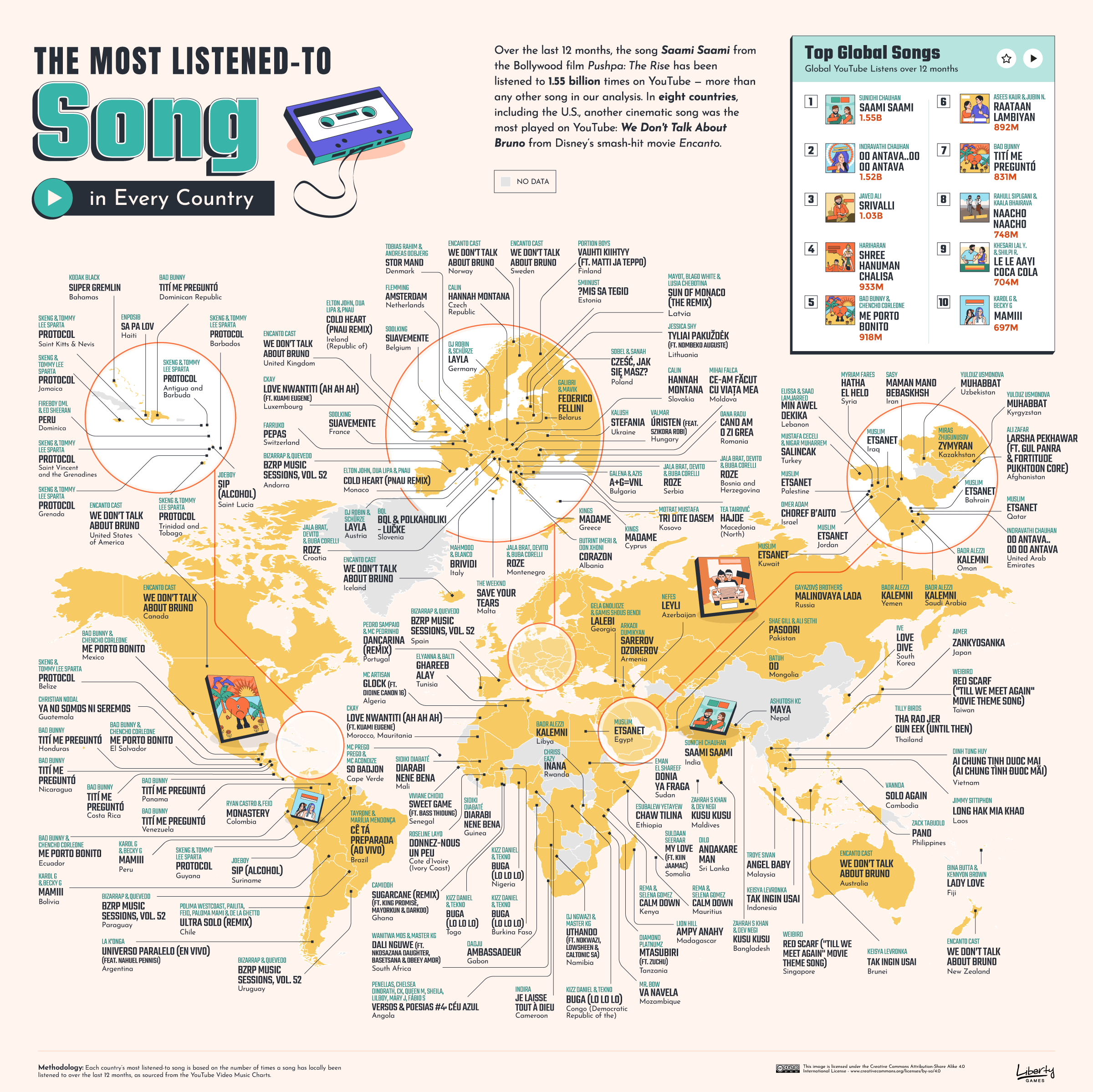Canada’s 2nd Most Spoken Language: 1925 vs 2025
Canada’s always been a patchwork. There’s no single founding group-just waves of people showing up at different times. The Irish came looking for work in the 1800s. Russians, Ukrainians, and Poles arrived to farm wheat around 1900. These days it’s families arriving from Manila, Chandigarh, or Guadalajara. Everyone adds something to the mix: food, music, business districts. But language? That’s one of the easiest ways to actually see the change happening.
The two maps below (created by @statmapworld) show which language ranked second in each province in 1925 vs 2025.
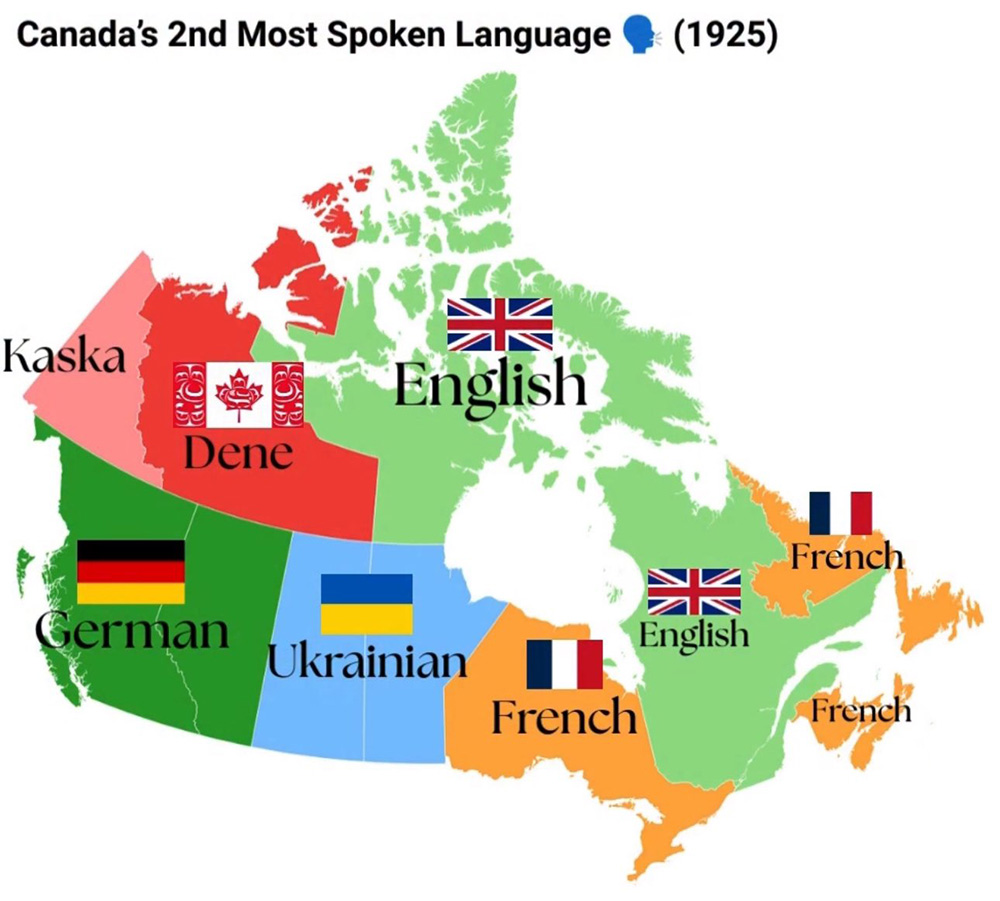
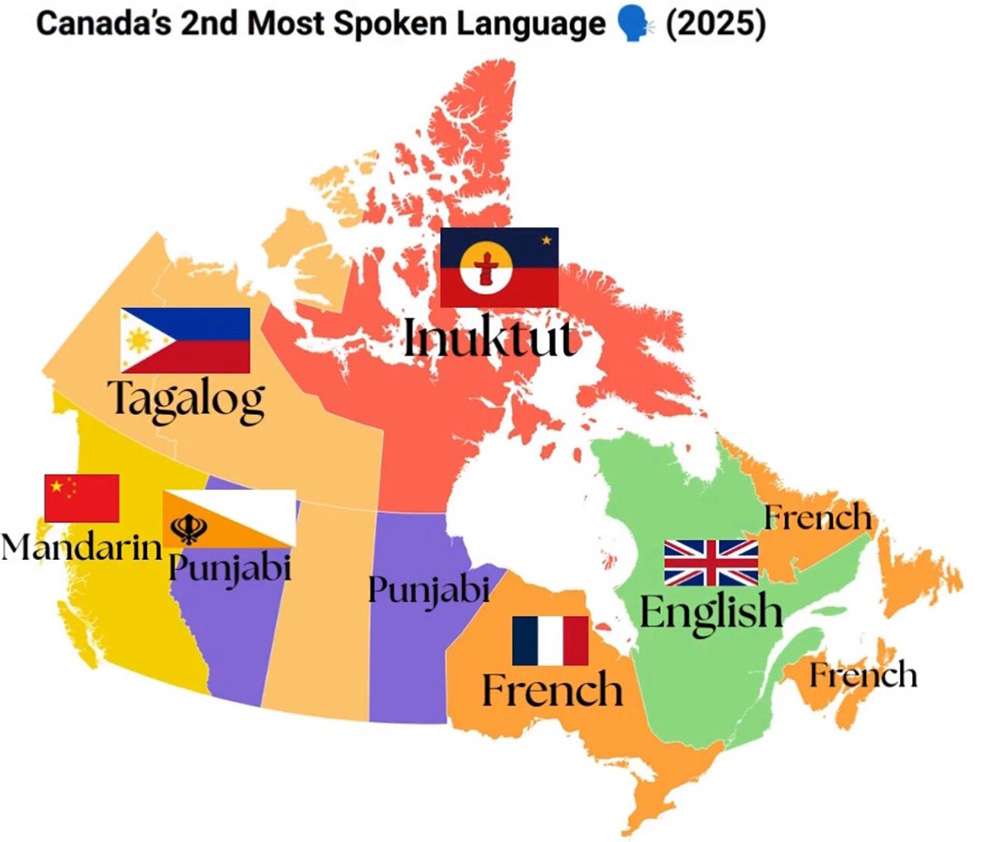
Canada in 1925
A century ago, Canada was smaller than you might think. The 1921 census counted 8.8 million people, the 1931 census hit 10.3 million, so somewhere around 1925 we’re probably looking at 9.4 million or so. Immigrants made up about 22% of that, and nearly everyone came from Europe.
You could see it in the language map. Out on the Prairies, Ukrainian and German were everywhere—those were the languages of the families who’d gambled on homesteading, people who left Poland, Ukraine, Germany for a quarter-section of land and a brutal first winter. English dominated in Ontario and points west. French was strong in Quebec and scattered through the Maritimes. And up north? Indigenous languages held on because there simply weren’t that many settlers moving into the territories back then.
Canada in 2025
Jump ahead to now and the numbers alone are staggering. We’ve got 41.6 million people. Immigrants still make up about 23% of the population—the 2021 Census pegged it as the highest in the G7.
But the languages—that’s where you really see the change. Punjabi is number two in Manitoba and Alberta now. Tagalog shows up constantly across the Northern Territories and Saskatchewan. Filipino immigration really took off in the ’80s and it just kept coming. You’ve got Mandarin and Cantonese as major languages in Vancouver and Toronto. Spanish is establishing itself through Latin American migration.
Some things held steady, though. In Nunavut, Inuktut is still widely spoken. You’ll hear Indigenous languages daily across much of the North.
What happened in those 100 years?
Look at both maps together and the shift is obvious. The 1925 version shows Ukrainian, German, Polish—languages that arrived with farmers, miners, railway workers, people doing backbreaking labor to build something. The 2025 map tells a totally different immigration story, one centered on Asia, the Pacific Islands, and Latin America.
Policy made the difference. Before the 1960s, Canadian immigration favored Europeans heavily. Then 1967 happened and the government introduced the points system. Your country of origin stopped mattering as much as your education, your work skills, your qualifications.
And once that door opened, everything changed. People came from India, China, the Philippines. They came from the Caribbean, from Africa, from Latin America. They brought family over. Built communities. Opened businesses.
Have you noticed these shifts where you live? Does your own family fit somewhere in this transformation? I’d love to hear what languages you’re hearing in your own neighborhood these days.

